
Central A/C
Getting the right unit for your home is not just important in terms of practicality, but also design. So picking the A/C with the right amount of BTU's for your home can be done by any knowledgeable HVAC pro. While some regions in the U.S. can get by the summer with just a window mounted unit, 75% of all homes in the country have air conditioning, and 905 of all new homes come equipped with central air (1a>). Many experts use the $5,000 rule when asked if the unit should be repaired or replaced. Multiply the price to repair by the age of the unit, if that's under $5k, go with the repair. If over, it may be time for a new air conditioner. Otherwise, here is a rough estimate on what it takes to repair, install, and replace an average unit in an average sized home is listed below:
- Repair
- • Coolant ~ $40 to $175
- • Leak ~ $200 to $900
- • Compressor Failure ~ $500 to $1,000
- • System Contamination ~ $300 to $2,000
- Replace
- • A total overhaul of the split system can cost between $1,000 and $4,000
- Install New Unit:
- • Amana ~ $4,000 - $4,900
- • American Standard ~ $3,900 - $5,000
- • Bryant ~ $4,000 - $5,000
- • Carrier ~ $3,600 - $4,800
- • Coleman ~ $2,000 - $4,000
- • Lennox ~ $3,600 - $4,800
- • Rheem ~ $2,500 - $3,600
- • Trane ~ $3,600 - $4,700
- • York ~ $3,100 - $5,300
Central Heating
Not only is central heating an incredible convenience, it's also completely necessary depending on where you live. Most northern homes are already equipped with central heating, and many southern homes in the nation rarely use it at best. Should you need heating in your home, there are certainly many ways to go about installing a unit (2). While central units are always advised and already installed in the vast majority of new homes to begin with, some homeowners like the quaint feel of a warm fireplace. Why not combine the two? We'll go over the main categories in a bit. In addition to central, consider:
- • Fireplaces
- • Space-heaters
- • Wood-burning stoves
- • Pellet stoves
- • Boilers
- • Furnaces
- • Heat pumps
- • Radiators
- • Geothermal heating
- • Radiant Floor heating
- • Ductless systems
- • Combined heat and power homes
Furnace
The U.S. Energy Information Agency defines a furnace as The part of a boiler or warm-air space-heating plant in which combustion takes place (3). The main difference between a furnace and a boiler is that fact that the former blows air through a home, the latter heats up water and disperses it via a building. To install a furnace is a task best left to professionals. And should your furnace need to be completely replaced, that's also something they can handle. Here are some average costs for modern furnaces plus the installation labor.
- • Fireplaces
- • Space-heaters
- • Wood-burning stoves
- • Pellet stoves
- • Boilers
- • Furnaces
- • Heat pumps
- • Radiators
- • Geothermal heating
- • Radiant Floor heating
- • Ductless systems
- • Combined heat and power homes
Heat Pump
The heat pump is a rather efficient way of heating and cooling a home, provided you live in a region where it can function effectively. Also commonly referred to as a "reverse cycle air conditioner," the heat pump is essentially an A/C unit whose function can be reversed, depending on the desired effect. This allows for the unit to be optimized for either heat or cold (4). At a switch, it can perform the tasks of either an air conditioner or heating unit, just by exchanging the air outside for a different temperature.
Back to topBoilers
Despite the misleading name, water (or whichever fluid) inside a boiler doesn't always boil. The term "boiler" simply means a vessel by which liquid is heated and distributed through a building or structure. This can include apartments, older homes, as well as cooking devices. Modern boilers are a far cry away from the boiler systems of old, some boasting as much as a 95% efficiency rating (5). You can find boiler repair as well as commercial boiler repair. No matter what your needs are, you can find boiler services in your area.
- • Install
- • Low $2,500
- • High $4,000
- • Repair
- • Low $500
- • High $2,000
- • Replacement
- • Low $4,000
- • High $7,500
Radiators
Any heat exchanger with the purpose of warming up a living space, electronic, or automobile is known as a radiator (6). Radiators heat the home very quickly, are easier to repair/replace, and are extremely quiet (especially newer models). With that being said, they are larger and less efficient than their counterparts. However, if you're in an older building or having a newer model put in, you can find the right service for your residence.
- • Different types of radiators:
- • Electric baseboard
- • Fan-assisted heat exchanger
- • Hot water
- • Hot water baseboard
- • Portable
- • Skirting board heating
- • Steam
- • Underfloor (radiant heating)
Insulation
One of the key components to keeping a home optimally energy efficient is simply having it properly insulated. The best way to insulate your home generally falls to where you're installing the insulation. For attics, usually batts or rolls work best. For crawl spaces and tiny passages, loose fill works optimally. For tiny little nooks and crannies, spray foam can cover up everything (especially loose boards). In any case, look to a professional to get the best insulation for the job. Otherwise, an audit can further weatherize your home or building to save even more on energy use (7). Different Types of Insulation Generally Fall Under:
-

-
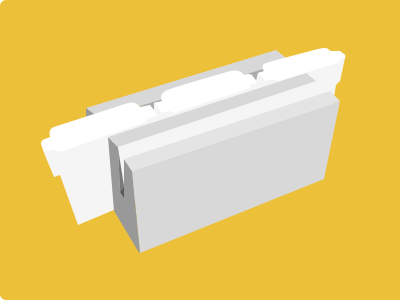
Concrete Blocks
-

Foam Board
-

Loose Fill
-

Seeding
-
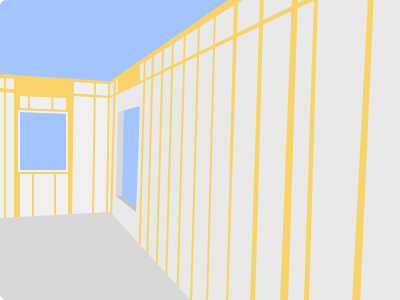
Foam Insulation
-

Structurally Insulated Panels
Ducts and Vents
Your central air, HVAC, and heating systems can potentially rely on ductwork and ventilation structures to properly disperse air throughout your home. It is important to keep these clean, as the simple process of funneling air through them can accumulate, dust, allergens, and mold. Properly cleaning your ducts and vents not only improves the air quality of your residence or building but also prevents health issues from occurring. There are many reasons to clean your ducts and vents, especially if you detect the following (8):
- • Mold
- • Mildew
- • Dry air
- • Debris
- • Loose parts
- • Visible particles
- • Extensive rust marks
- • Loud Banging noises
- • Anything taking up residence (insects, rodents, etc.)
References
- "Central Air Conditioning Buying Guide". Consumer Reports. Retrieved 27 June 2017.
- "Types of Heating Systems". Smarterhouse.org. Retrieved 27 June 2017.
- "Glossary". EIA. Retrieved 27 June 2017.
- Shultz, Ken, Perez-Blancos, Marcos, Kujak, Steve."Test Report #63". AHRI. Retrieved 27 June 2017.
- "ENERGY STAR Most Efficient 2017 -- Boilers". Energy Star. Retrieved 27 June 2017.
- "Radiator (heating)". Wikipedia. Retrieved 27 June 2017.
- Adamovica, Mila."Weatherization: Improving Home Safety and Reducing Your Energy Bill". Home Energy Saver. Retrieved 27 June 2017.
- "Should You Have the Air Ducts in Your Home Cleaned?". EPA. Retrieved 27 June 2017.
Select your HVAC project
Service Cost Calculator
Enter service and
zip code to view
cost breakdown
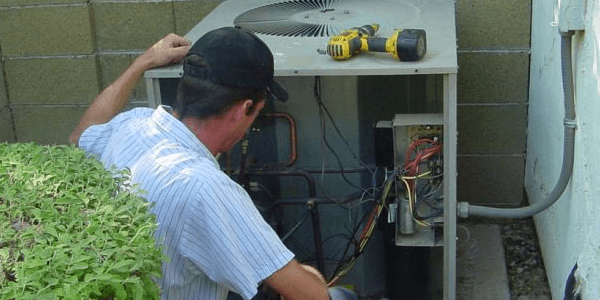
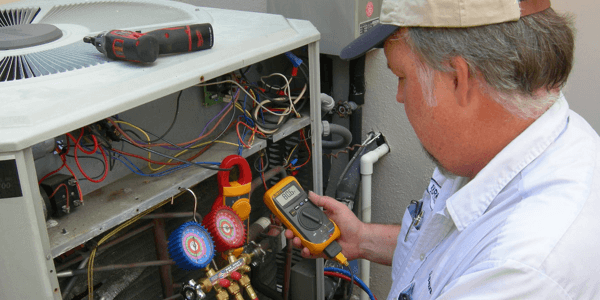




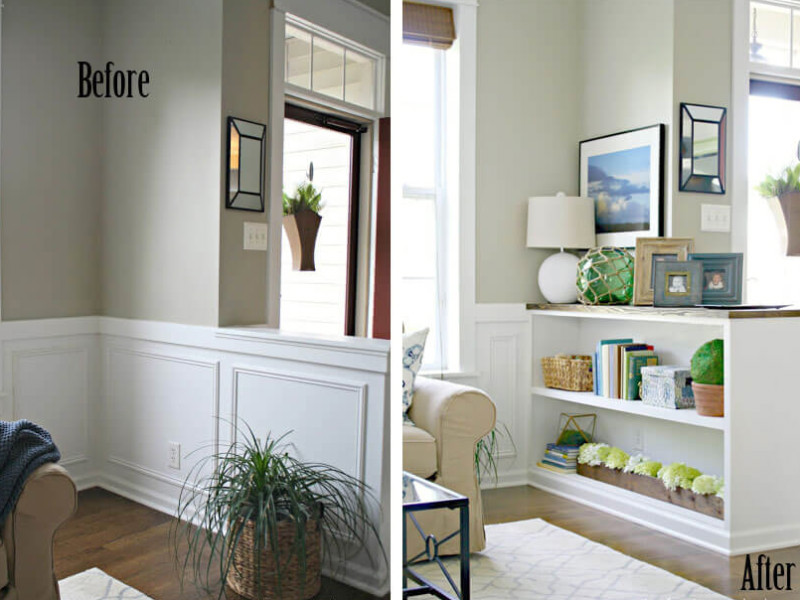














![Summer Home Maintenance Checklist [2024]](https://images.homeyou.com/website/base/f75/ce7/35a/1080-591-summer-maintenance-checklist-for-homes.jpg)
